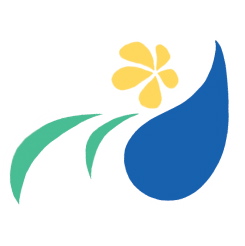We went to Jomyo-ji (浄妙寺), a Zen Buddhist temple in Kamakura with the express intention of visiting the tea house Kisen-an (喜泉庵).
It is a spacious tatami tea room, with the engawa (縁側) porch looking out to a serene karesansui (枯山水) Zen rock garden.
It is a very peaceful place.
The temple serves matcha and wagashi (Japanese sweets). There is no better place to enjoy such a treat!
Tucked in the left corner of the garden is a suikinkutsu (水琴窟). You can't see it because it is underground. All you can see is the stone basin with a little water trickling on it.
The suikinkutsu is a domed installation with a pool of water at the bottom and a tiny hole on top to allow water to fall in drops. The sound of the water drops echo inside creating a very pleasant (or shall we go as far as saying "mystical"?) sound.
The name suikinkutsu literally translates to sui = "water" , kin = "koto" (a string musical instrument), kutsu = "cave".
Next to the stone basin is a long bamboo pole that extends all the way to the engawa.
Put your ear close to the end of the pole and you can hear the melodious and soothing sounds of the water drops. Almost other-worldly!
We found a video of Jomyo-ji on YouTube. Enjoy the sound of suikinkutsu at around the 2:48 mark.







